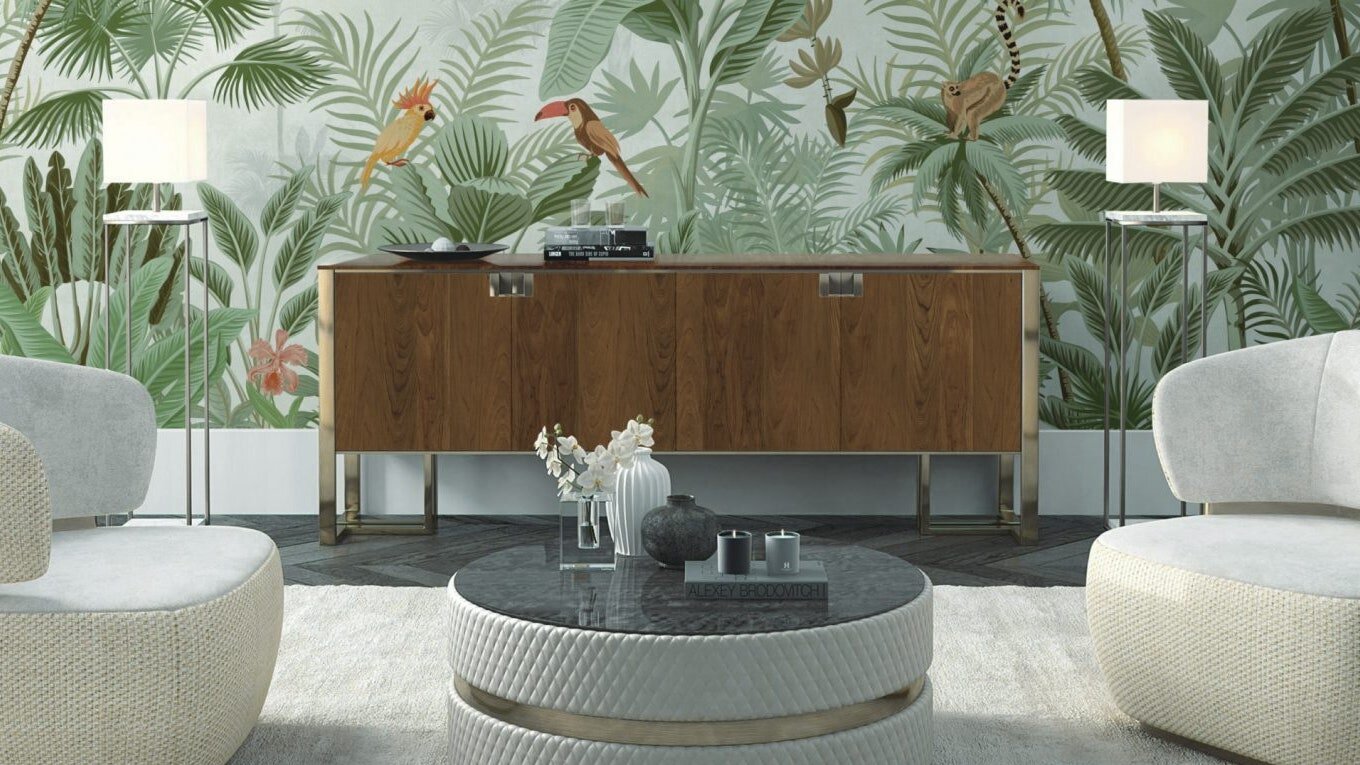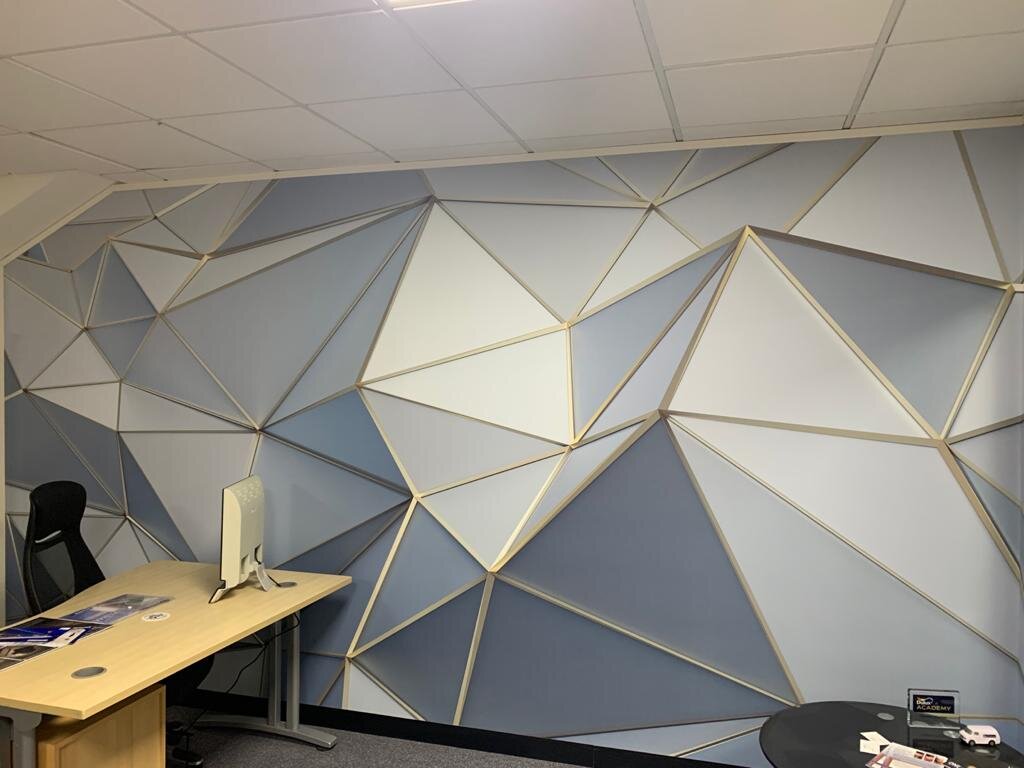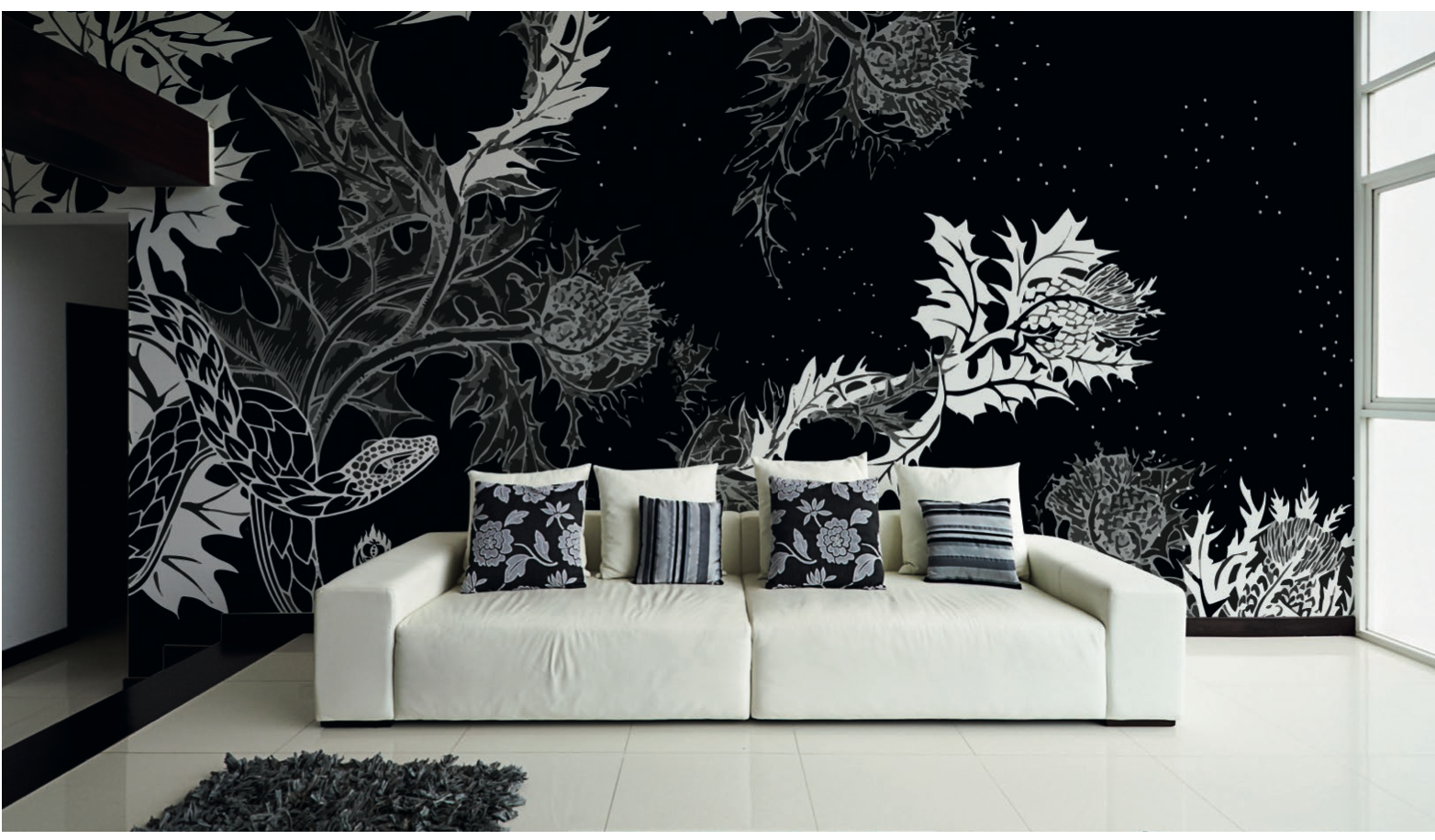Painting with matt emulsion can be tricky at times, but it's not always the case.
Even the most skilled professional decorators, many of whom have never faced problems when painting matt over silk, are divided as to what is the best ways to deal with this problem, as I've seen on many of the decorating forums.
Why Is It Difficult to Paint Over Silk?
I'll explain how it works scientifically. Silk emulsion is extremely malleable, and matt is notoriously fragile.
When you use any form of water-based paint to paint over old silk, you're essentially rehydrating it. After your topcoat has dried, the silk expands and compresses.
Because of its elasticity, silk can withstand the expansion and contraction better than an emulsion like matt.
As a result, the matt breaks as the silk contracts due to the tension of the movement. Crazing is the term for this type of cracking. I've painted matt over silk several times and only have this problem once in a while.
Prevention
There are a few things you may take to reduce your risk of crazing.
The first step is to select a topcoat with some flexibility. Avoid using cheap contract matt because it contains little binder and dries excessively brittle!! Instead, use a high-quality vinyl matt emulsion.
Also, stay away from Dulux! It could just be luck of the draw, but I've used Dulux Trade every time matt paint has crazed on one of my tasks.
Sanding your silk before painting over it is another thing you should avoid.
This may go against the advise of some other decorators because we're built to sand everything to avoid difficulties, but trust me when I say that I'm right. If you sand silk-painted walls, the water from your new paint will seep into them and cause the silk to expand.
Another option is to apply a barrier coat.
This is a straightforward concept: you coat the silk with a flexible paint that serves as a waterproof barrier between your matt and your silk.
Mid-sheen emulsion, eggshell, Zinsser Gardz, or Peelstop are all options.
Whatever you choose, make sure you leave enough time between applying the barrier coat and painting the matt paint on top. Overnight is preferable, or longer if the room is cold.
The Treatment
So you've painted your matt paint over silk and now your walls are covered with muck breaking and crazing. Don't be alarmed!!!
There is a straightforward solution!! The first thing you should do is sand every inch of your wall. This will not completely eliminate the flaws, but it will make them simpler to conceal.
The next step is to paint two full coats of Zinsser Peelstop on the surface. This will accomplish a couple of goals. To begin, it will conceal minor flaws such as cracks. It will also serve as a barrier coat between what is currently on the wall and the paint you are going to apply. Allow for another overnight drying period before re-painting.
























